The deadlift is one of the most effective lifts for athletes to build both strength and power. Different variations will bring different results, so today I’m telling you about the best deadlift for athletes.
During my time spent coaching athletes across all levels, I’ve seen how some deadlift variations can enhance the athlete’s performance while others may even diminish power and strength.
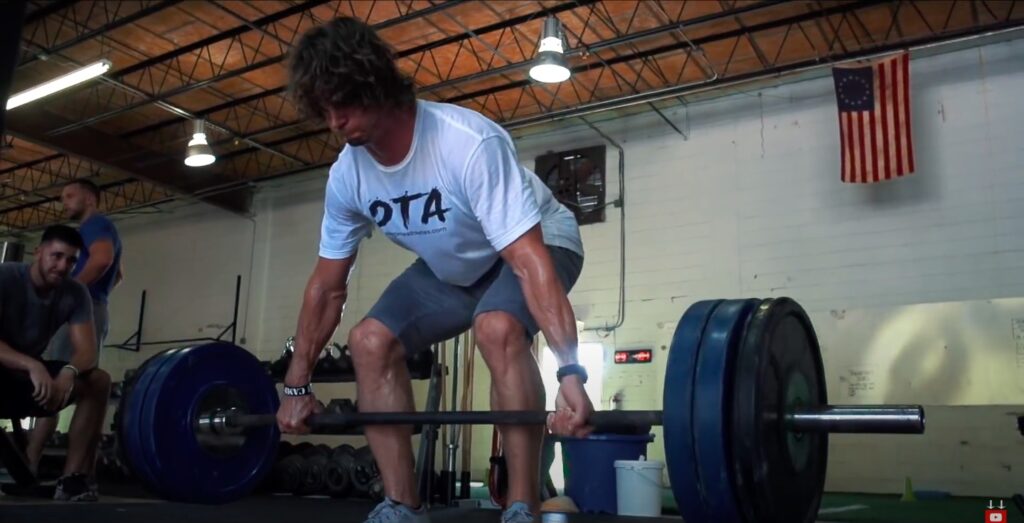
When it comes to elevating the level of play through strength training, I’m looking to have my guys do whatever lift acts as the best stimulus to create more absolute strength.
Increasing absolute strength, eventually transfers over to game-time and allows an athlete to perform at a higher level.
Recently I talked about the best squats for athletes to be doing. Similarly today, I’m giving you my thoughts on the four main deadlift variations as well as my overall top pick for the best deadlift for athletes.
Let’s get into it.
DEADLIFT VARIATIONS
There’s many deadlift variations, and many ways to perform them. This is helpful to an athlete who’s regularly training and wants to switch things up.
The main four deadlifts variations are:
- Conventional
- Sumo
- Straight Leg
- Romanian
Let’s start off conventional…
Conventional Deadlift:
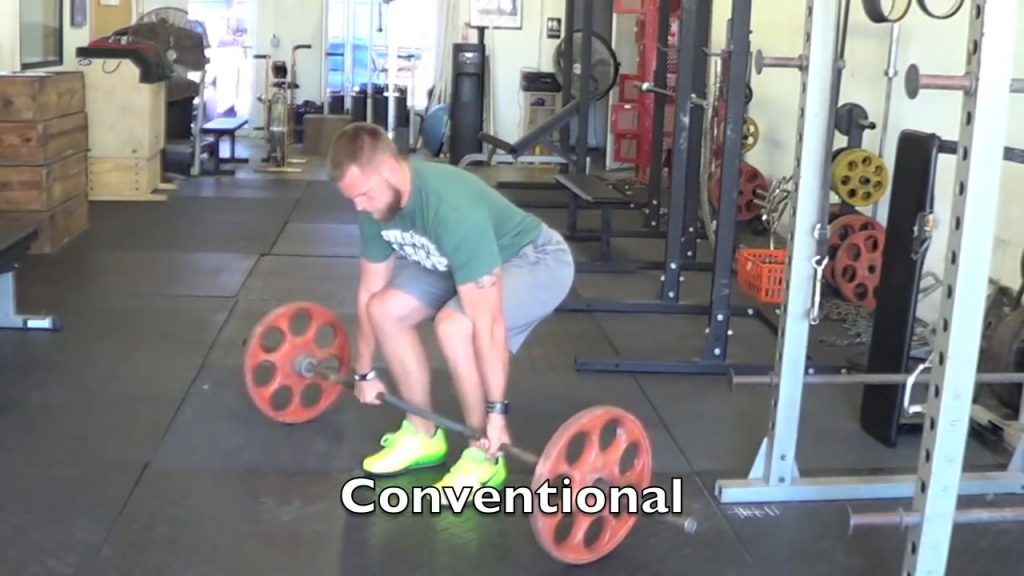
This is probably the best known variation of the deadlift. What sets this apart is the narrow stance and also the depth.
When doing this lift, the feet should be directly beneath the hips with the toes pointing forward. Doing this immediately sets up the athlete to lift from a position that’s common for them during game-time.
Setting up, the athlete also begins from standing and has to lower themselves down to reach the bar. Hitting a quarter-squat should feel similar to the way an athlete may approach a box jump or vertical jump from.
Deadlifting a heavy barbell out of this low position helps to build lots of strength throughout the posterior chain.
Sumo Deadlift:
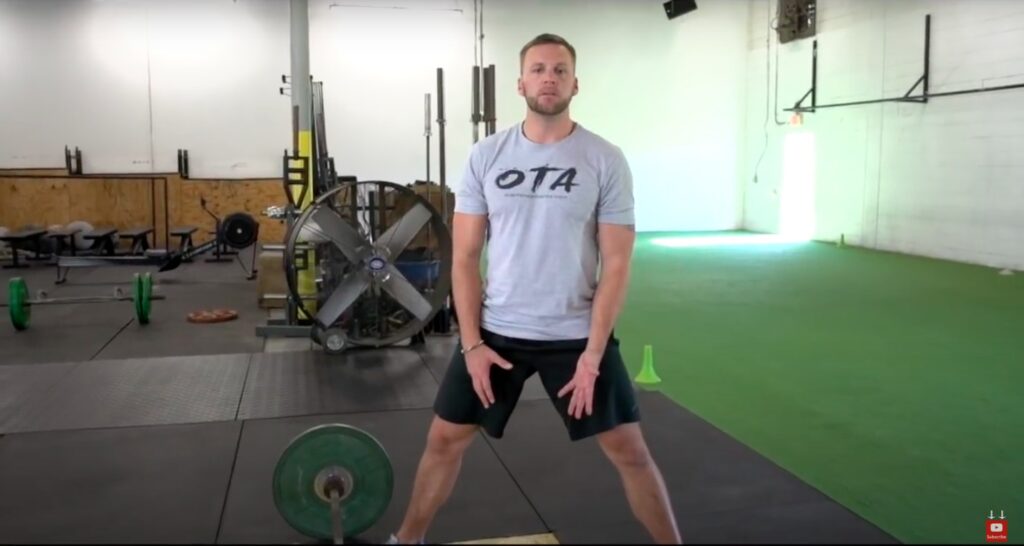
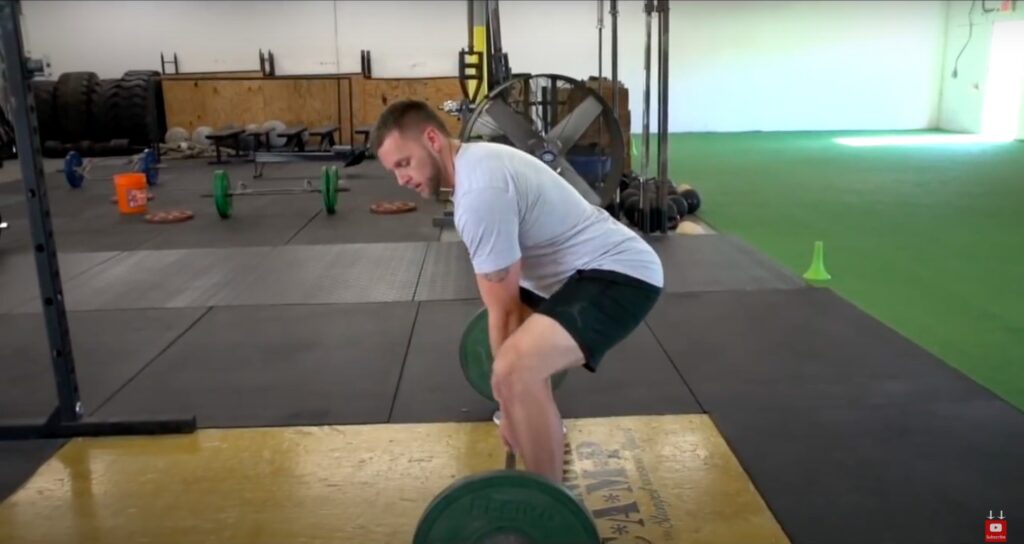
The sumo deadlift acts as less of a bend pattern than the rest of these variations. However, it is probably one of the best movements when it comes to strengthening the glutes.
My issue with the sumo deadlift is the wide stance.
Training with the feet set in such a wide stance doesn’t help much when it comes to training as an athlete.
I like to always have my athletes train with movements that mimic their sport. So when it comes to deadlifting, my guys mostly work in a more narrow stance.
This more closely replicates whatever sort of movements the athlete performs in a game setting.
Straight Leg Deadlift:

To perform the straight leg deadlift begin in a standing position, holding the barbell in front of you. Starting at the top of the movement, you’ll gently lock out the knees. Keeping a straight back, hinge forward at the waist and return to standing.
The reason I don’t use the straight leg deadlift too often is because of how it affects the lower back over time. Since your legs stay locked for the entire movement, the athlete ends of leaning over their base of support.
The lumbar muscles are doing most of the work here, leaving the glutes and hamstrings less activated.
While there’s a place for each movement in training, this is one to include less frequently.
Romanian Deadlift:
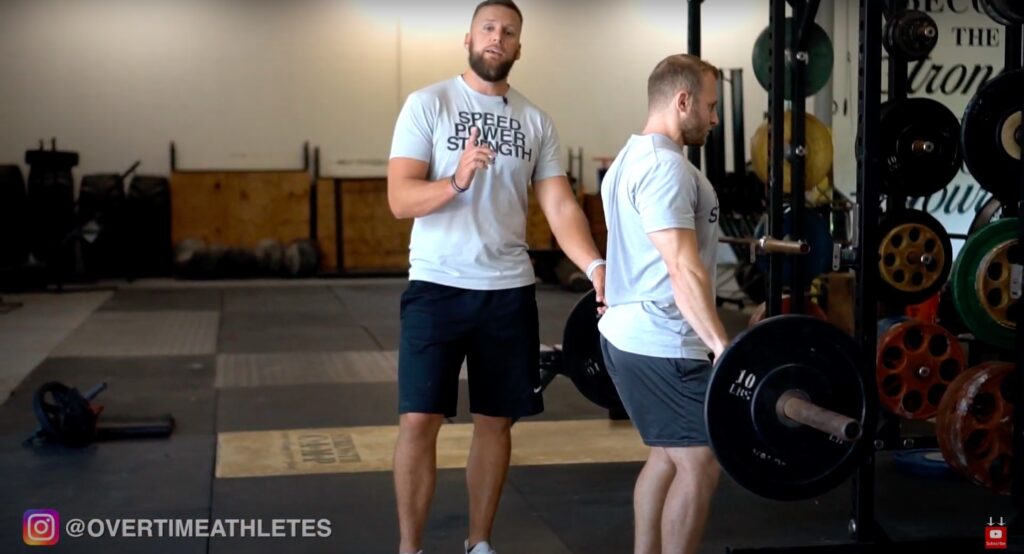

In my opinion, the RDL is the best deadlift for athletes.
This movement is great at teaching the bend pattern because of how it forces you to reach the hips and glutes back. The RDL is also done also with a fixed knee (unlike in the conventional DL where there’s continuous movement through the knees).
Having a fixed knee, puts you into a quarter squat position where you’re able to target the upper hamstrings and glutes more than any other deadlift variation.
I’ve found this lift to be very beneficial in strengthening my athletes for things like jumping and sprinting.
HOW TO PROGRAM DEADLIFTING FOR ATHLETES
Now that we’ve established what I think is the best deadlift for athletes, it’s time to integrate this into your programming.
For example, let’s say you’re using the deadlift as a supplemental lift on your squat day during the off-season or early season. Here you’ll want to shoot for anywhere between 3-4 sets of 8-12 reps.
If you’re looking to hit more of a strength focus, I’d recommend 4-6 sets of 4-6 reps. You should be increasing the intensity here by adding weight on the bar.
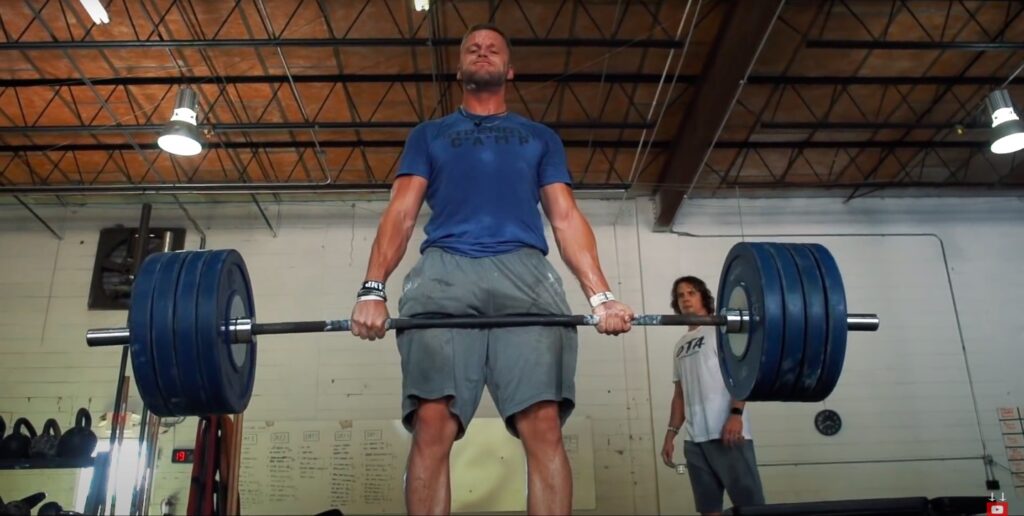
Ultimately your programming should reflect whatever point you’re at in the season, and your overall goals for that cycle of training.
Want to learn more about how to program your strength training?
Lucky for your I just released a new course called The Advanced Athletic Strength Course that contains the most-up to date strength training modalities for athletes.
Ready to become a beast on the field and in the weight room?
Just hit the link below to join:
